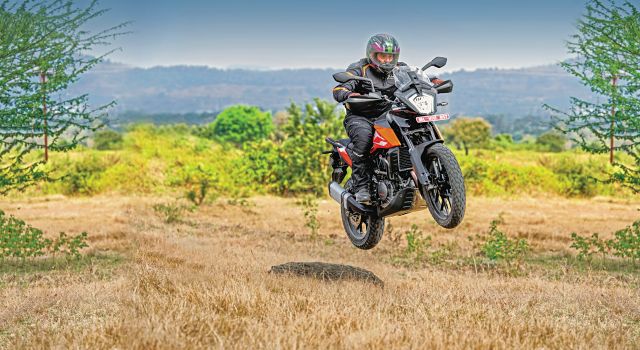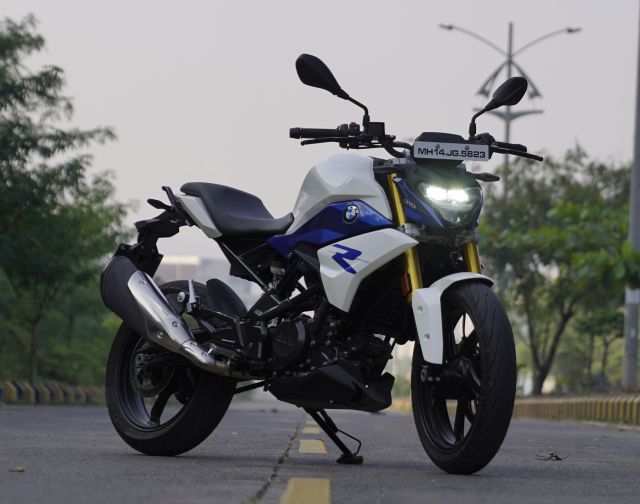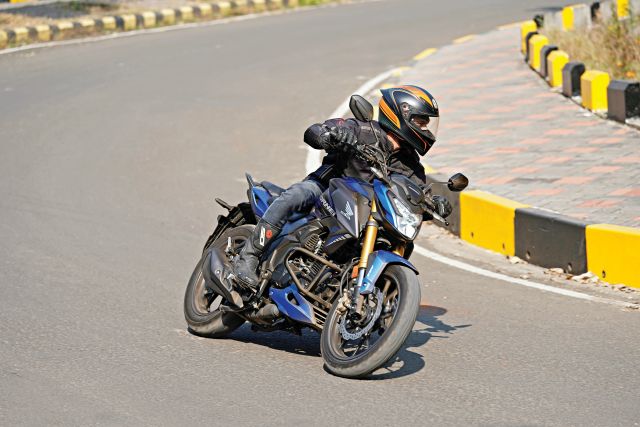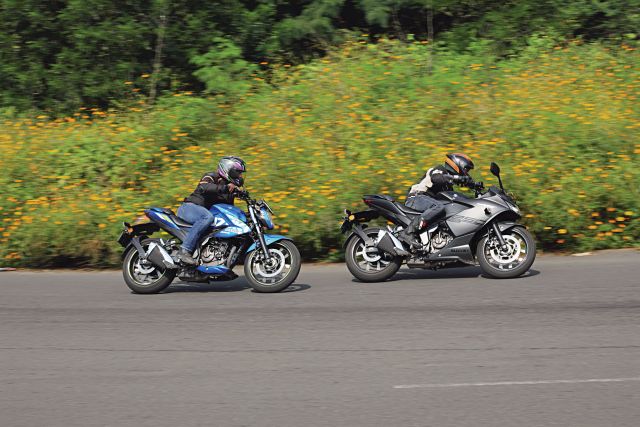A new top-end variant of the TVS Apache RTR 200 4V has been introduced with some interesting first-in-segment upgrades. We put it to the test to bring you a detailed review.
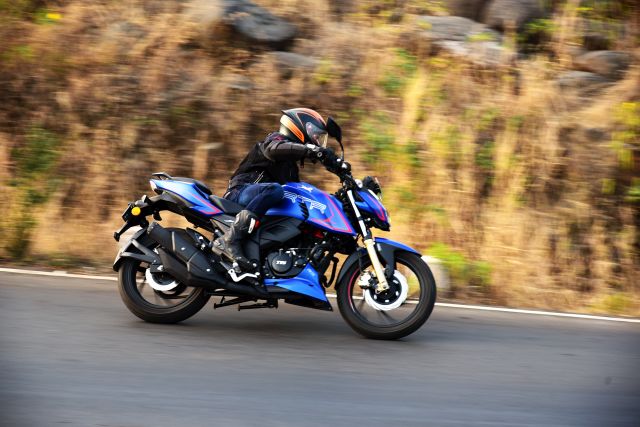
Story: Azaman Chothia
Photography: Apurva Ambep [Read more…] about TVS Apache RTR 200 4V with Ride Modes Review – Top-Notch Progress

